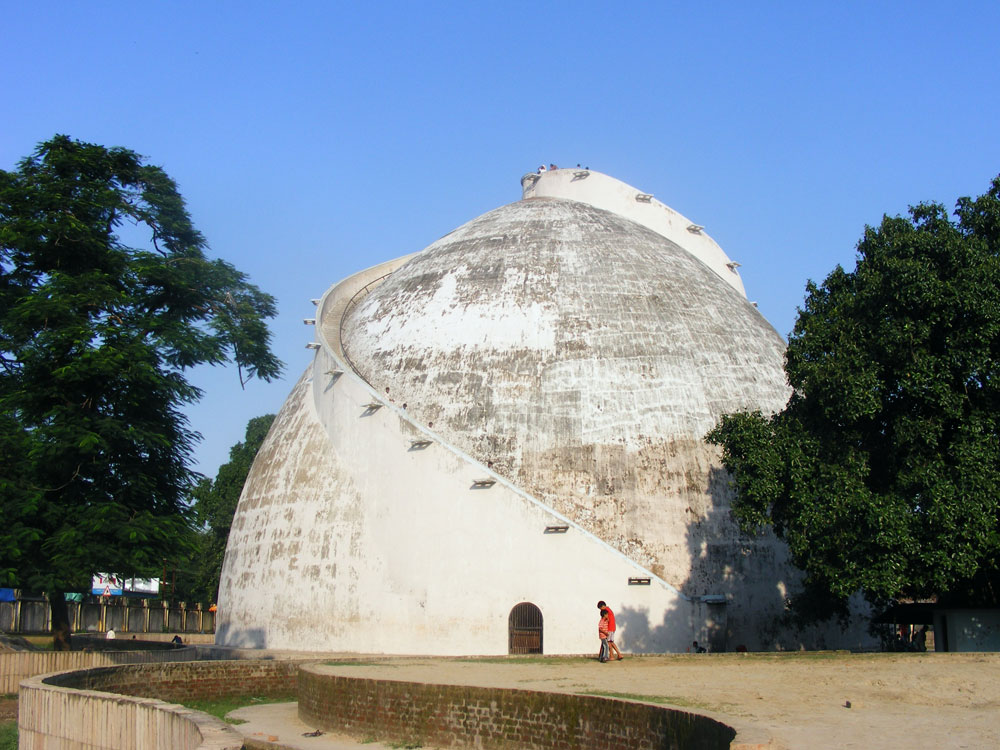Bihar Overview
General Information
Area: 94,164 lakh sq. km.
Language: Hindi, Maithili, Urdu ,Angika, Bhojpuri, Magahi
Best Time to Visit: October to March
Capital City: Patna
Airports: Patna,BodhGaya
Bihar finds mention in the Vedas, Puranas, Epics etc and was the main scene of activities of the Buddha and the 24 Jain Tirthankaras. It is also one of the important places in the annals of Indian history which has seen the rise and fall of major empires. With its historical past, there are many tourist destinations especially pilgrim centres in the state like Patna, Bodhgaya, Rajgir, Vaishali and ruins of the the world famous, ancient university of Nalanda etc.
Bihar is the birthplace of several religions including Buddhism and Jainism. Buddha attained Enlightenment at Bodh Gaya, a town located in the modern day district of Gaya. Mahavira, the 24th and the last Tirthankara of Jainism, was born in Vaishali. Indeed Jain monks & nuns wandered in the towns and forests of then-Magadha. They called it vihara and thus Bihar got its name from the vihara of jain sages.The tenth guru of Sikhism, Guru Gobind Singh was born in Patna, the capital of Bihar. Mythological Goddess Sita was born in Sitamarhi.
Bihar was called Magadha in ancient times. Its capital Patna, then known as Pataliputra, was the center of the first empire built in India, that was by Nanda Dynasty, followed by Mauryan empire, which dominated the Indian subcontinent from 325 BC to 185 BC. Emperor Ashoka was the most famous ruler of this dynasty. Bihar remained an important place of power, culture and education during the next one thousand years. The Vikramshila and Nalanda Universities, were among the oldest and best
centres of education in ancient India. It must be mentioned here that the boundaries of ancient Mauryan empire extended up to the present day Afghanistan which was unparelled in Indian history.
centres of education in ancient India. It must be mentioned here that the boundaries of ancient Mauryan empire extended up to the present day Afghanistan which was unparelled in Indian history.


